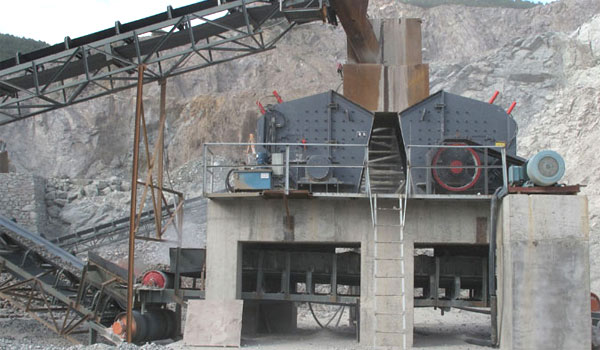Hammer crushers have long been used in mining and aggregate industries due to their ability to crush medium-hard to brittle materials quickly and with relatively simple designs. Their economic efficiency, combined with their versatility, makes them highly valued for ore processing, quarrying, and mineral beneficiation plants. This article analyzes why hammer crushers remain a cost-effective solution in mining operations and how technological improvements have enhanced their efficiency.
Working Principle of Hammer Crushers
Hammer crushers operate by using high-speed rotating hammers to impact and break down raw materials. The crushed material passes through a grate or screen at the bottom, controlling particle size. Their direct impact mechanism allows for:
-
High reduction ratios
-
Uniform product sizes
-
Simplified crushing stages (often replacing secondary and tertiary crushers in certain applications)

Economical Advantages
-
Low Investment Costs
Hammer crushers generally have a simpler design compared to cone crushers or gyratory crushers. This leads to lower manufacturing costs and more affordable initial investments for mining companies. -
Reduced Maintenance Expenses
With fewer moving parts and straightforward components, hammer crushers are easier and less expensive to maintain. Replacement of wear parts such as hammers and liners is fast, reducing downtime. -
Energy Efficiency
Modern hammer crushers use optimized rotor designs and wear-resistant materials that minimize energy consumption per ton of material crushed. This contributes directly to cost savings in large-scale mining operations. -
Versatility in Applications
They can handle limestone, coal, gypsum, shale, bauxite, and even certain metallic ores. This adaptability makes them suitable for mines aiming to reduce equipment diversity.
Efficiency Improvements in Modern Designs
-
Wear-Resistant Alloys
High-manganese steel and composite materials extend the service life of hammers and liners, decreasing replacement frequency. -
Variable Speed Drives
Advanced models allow adjustable rotor speeds, enabling operators to control output size and optimize efficiency for different ore types. -
Dust and Noise Control
Modern hammer crushers often integrate dust suppression systems and improved sealing to meet environmental standards while maintaining production efficiency. -
Automation and Monitoring
Smart sensors and control systems track vibration, temperature, and wear, ensuring predictive maintenance and consistent performance.
Application in Mining
-
Gold and Silver Ores – Effective for pre-crushing softer ores before fine grinding.
-
Limestone and Gypsum Mines – Ideal due to the brittle nature of the materials.
-
Coal Preparation Plants – Widely used because of high reduction ratios and consistent product sizes.
-
Industrial Minerals – Suitable for processing clay, shale, and phosphates.
Challenges and Considerations
While hammer crushers offer many economic benefits, they are not suitable for extremely hard or abrasive ores (e.g., granite or quartzite), where wear rates increase significantly. In such cases, cone crushers or jaw crushers may provide better long-term performance.
Conclusion
Economical and efficient hammer crushers continue to play a vital role in modern mining operations. Their low investment cost, easy maintenance, and energy-saving features make them an attractive choice for mines targeting cost reduction and operational efficiency. With ongoing innovations such as advanced materials, automation, and environmentally friendly designs, hammer crushers are evolving into even more sustainable and productive machines for the global mining industry.
